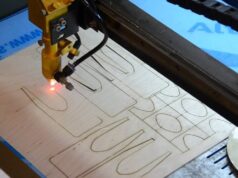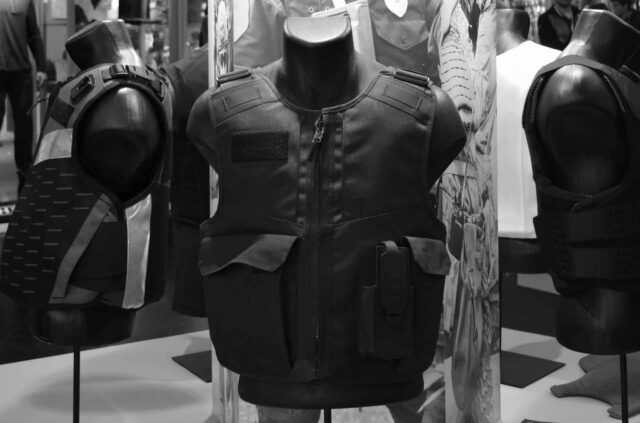
One primary rule of thumb to consider when choosing to stock up on body armor is if the targets, you’re aiming at are shooting back, you’ll probably need additional personal protection aside from your AR 15. If you are looking for a website that sells both body armor and rifles, click here, and find the right products for your situation.
One myth you’ve probably heard is that only military or law enforcement is allowed to use body armor, and it may have stopped you from even considering the purchase. However, in most places, it is legal to purchase your own set of personal body armor for protection, and there are no laws to prevent you from wearing it in public.
Regardless, it’s best to check with your local law enforcement before deciding to wear your body armor on your next trip to the supermarket. Body armor isn’t new technology by any means. Think back to medieval knights adorned in full body armor who sat atop horses adorned in their own set of metal armaments. Back then, a smithy forged these bulky iron protections to prevent horse and rider from impalement from a pike or sword.
Although the body armor these knights wore often prevented bodily damage from a sword, their armament was rendered completely ineffective with the advent of musket balls which could easily cut through the forged iron like a hot knife through butter.
In modern days, advanced firearm and ballistic technology has revolutionized the personal protection industry and charged the manufacturers of body armor with a mission to develop lightweight and adequate protection in a price range consumers can bear.
However, before you begin surfing the internet to purchase, there are a few things you need to know about body armor instead of just a price point.
Page Contents
Covert or Overt Protection
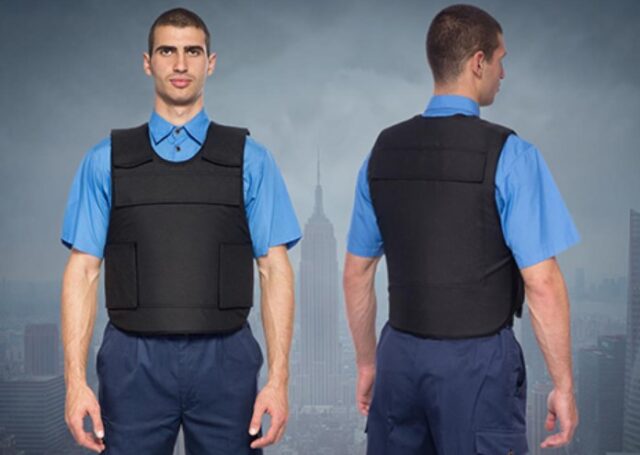
When graduating from Kevlar to plate body armor, a few things come into play when making your decision. First, you need to decide whether you intend to wear your protection outside your clothing or inside.
If you don’t want anyone to know you’ve suited up, then a covert or beneath the clothing wear is what you need. Conversely, if the dynamic tactical situation that presents itself doesn’t require stealth but certainly requires protection, then an overt style or outside the clothing will do the trick.
Whether you choose the overt or covert configuration, plate body armor has a few standard variables you’ll need to consider, and it typically comes down to price, weight, level of protection, and comfortability.
When Bulletproof Kevlar is Bullet Resistant
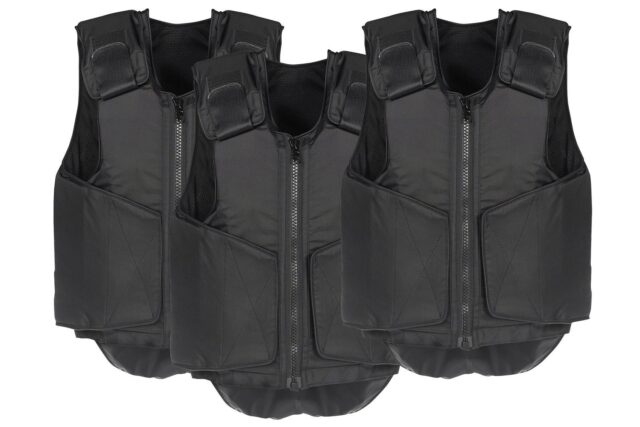
It’s all about caliber and velocity when it comes to body armor. A Kevlar-style vest can often protect you when up against a small-caliber fire. It will disperse the energy of the bullet’s impact, effectively slowing the shell’s trajectory until it completely stops, and the shot becomes lodged in the fibers of the vest.
You’ve probably seen several action movies where the criminals shoot the vest-wearing hero, who is unharmed and lives to fight another day. In many cases and depending on the caliber of rounds fired, you need to understand that regardless of the level of protection, a bulletproof Kevlar vest becomes bullet-resistant when the shot’s caliber and velocity increase.
Additionally, a Kevlar vest that stops the bullet doesn’t mean you won’t suffer a bit of damage. While the shell may not have penetrated your body, the concussive force of the impact can and often will leave you severely bruised at the impact point and can typically break a few bones or cause internal bleeding at the impact site.
Of course, the trade-off is that you’ve not sustained a life-threatening injury. However, as the shots’ caliber increases, these Kevlar-style vests become little more than an additional, and sometimes uncomfortable, a layer of clothing. At that point, you’ll need something that will protect you in extreme dynamic situations.
That’s when it’s time to focus on ceramic, steel, titanium, or ultra-high molecular polyethylene plate armor to protect you.
Understanding The Level of Protection
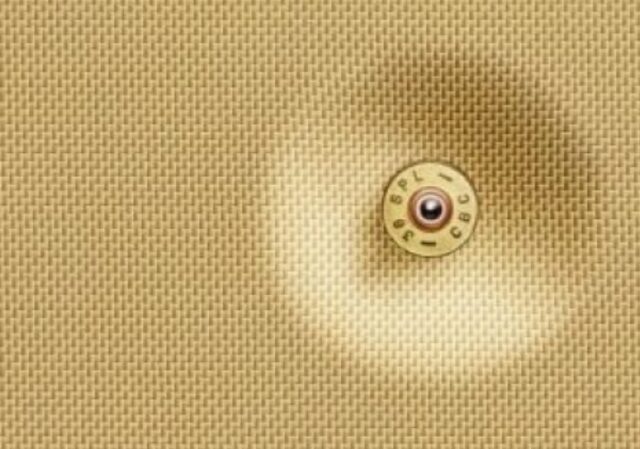
Before you rush off and purchase an expensive set of body armor, it will help if you understand what kind of body armor is right for you. Depending on the situation, you’ll need to know the type or level of threat you may experience.
If you decide on a level one protection, you’ll be safe against slashing or stabbing knife attacks, while a level four ceramic or UHMWP hard-armor plate can protect you against 30.06 APM2 armor-piercing rounds.
Once you understand the level of protection that each set of body armor provides and have paired it with the threat you may experience, the next step will be to pick the correct plate type for you. That’s when price and comfortability come into play.
Weight and Price and Spalling
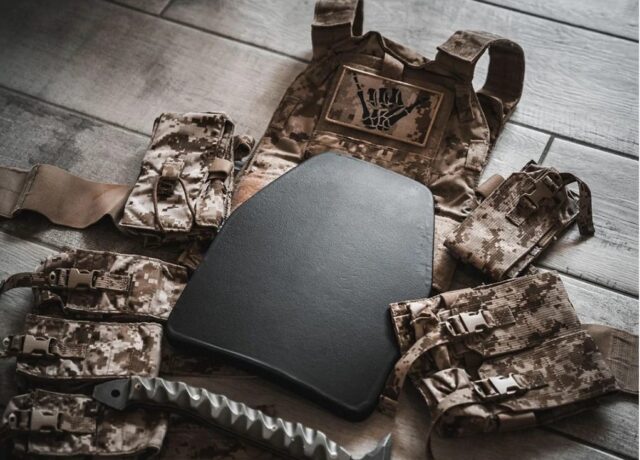
One important thing to remember is that as you increase the level of protection needed, the price and, in many cases, the weight of the body-armor plates increase. While you may think that wrapping yourself in a cocoon of steel may do the trick, there are a couple of things to consider before you take that path.
When a projectile strikes a steel plate, it bursts into fragments and transforms into shrapnel which can cause serious harm if one of the pieces hits your face or neck.
While today’s manufacturers apply an anti-spalling coating to the plate, after only a few impacts, the anti-spalling layer won’t work, and you’ll find yourself in harm’s way quickly. The result is that you’ve just lost the only feature metal body armor has over ceramic and ultra-high molecular weight Polyethylene body armor, which is longevity.
Ceramic Versus UHMWP

After considering all the types of steel body armor and understanding their limitations, you may conclude that ceramic body plate armor is the best for you. You need to factor in one more type of body armor before making that final decision, and that’s body armor made from ultra-high molecular weight polyethylene.
Although ceramic-style body armor plates are the best for absorbing the impact of an incoming round and preventing spalling, they will ultimately fail over time and multiple shots. Even worse, ceramic plates are not impervious to blunt force trauma and can be compromised if dropped on hard surfaces.
UHMWP plates, on the other hand, weigh less than a standard ceramic body armor plate. When it comes to the spalling effect, UHMWP plates do just as well as ceramic plates in offering you the best protection available at reasonable prices.




















